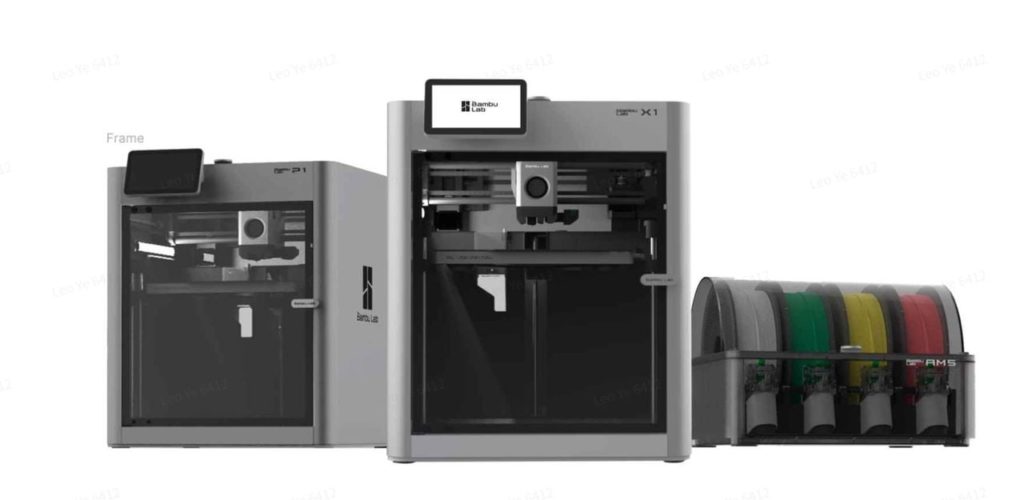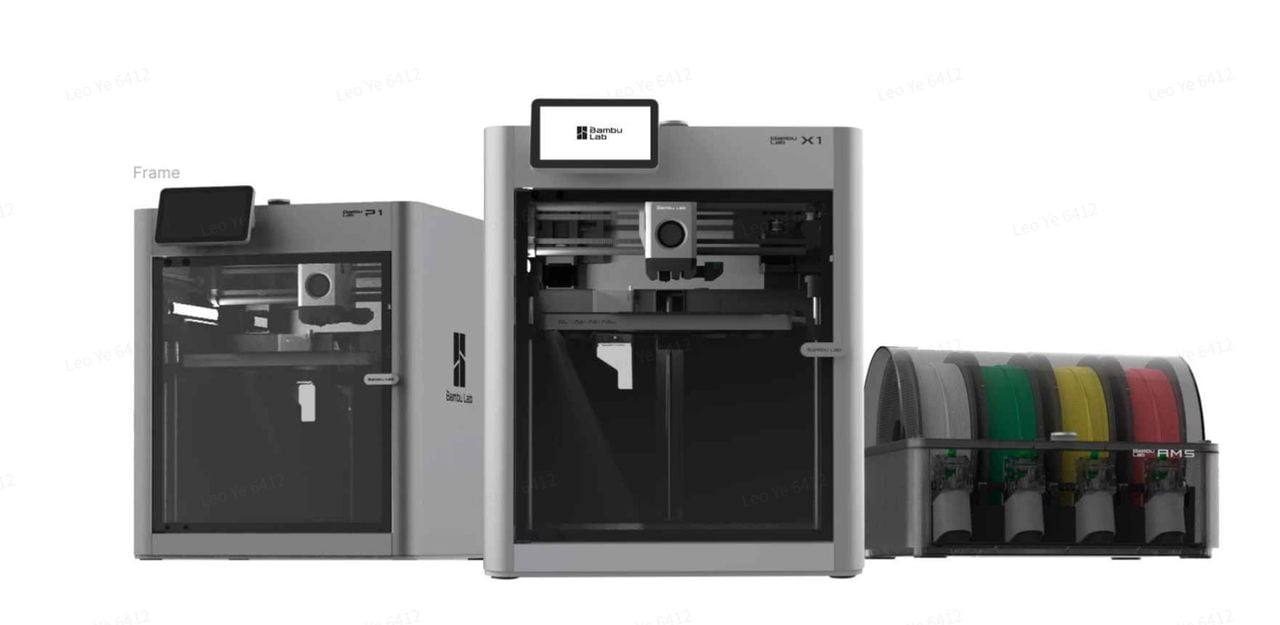
A surprising thing is happening on Kickstarter: tons of money for 3D printers.
Kickstarter is the well-known platform for launching new product concepts, intended as a place for inventors to find larger numbers of small-time investors to “back” their project. There are no guarantees of success, as it’s much like a venture capital fund issuing an investment round into a promising startup, except smaller and on an individual basis.
3D printers first appeared on Kickstarter way back in 2012, a few years after the key industrial patents expired. The expiries allowed entrepreneurs to develop new inexpensive forms of 3D printing, and the race was quickly on to see which companies would lead this new “desktop” industry.
Several early 3D printer developers benefited greatly from use of Kickstarter back then, including B9 creations, and perhaps most notably, Formlabs. Formlabs raised a then-massive amount of money that powered their company into the giant operation it is today.
After the initial successes showed it possible to raise huge amounts of investment through Kickstarter, more and more companies launched their 3D printers on the platform.
At first, some were quite innovative and made sense to back. Some were horrible failures, where the inventors often lacked a proper understanding of large-scale manufacturing and were unable to deliver the results. One notable failure of this type was the appropriately named Pirate3D’s Buccaneer device.
Perhaps the most notable 3D printer on Kickstarter failure was by the Canadian-based Peachy Printer team. Although they had a really interesting concept, it failed after a business partner took off with $300K to build a house, sinking the project entirely. There is quite a long background to this story, including on-camera confessions and other juicy bits.
As a result of these spectacular failures and many others, Kickstarter became a dangerous place for backers. There was no assurance of success, and countless projects launched and failed. The problem was almost all of these devices during this period had no unique value proposition or innovative features. As a result, Kickstarter funding of them dropped to a trickle.
One day I saw a 3D printer campaign close and there were literally zero backers. It was then I concluded that Kickstarter was effectively dead as a platform for launching new machines.
Since then we’ve seen a few machines launch, usually with some outrageously innovative feature. But few seems to have caught on.
But then recently there has been a new trend emerging: Kickstarter is being used by established companies.
Creality has used Kickstarter to launch new machines, as well as Anycubic and others. This isn’t really the original intention of the platform, but I guess it works for some companies. This approach does actually reduce the risk for backers, who know they are dealing with a company that has significant manufacturing experience.
Their successes seem to have given life back to the concept of launching a 3D printer on Kickstarter, and we now see an increasing number of highly successful launches, albeit the numbers are still quite low. The common element among these launches is that they appear to be far better thought through than the avalanche of questionable launches from a few years ago.
How successful have they been. Take a look at this list of recent top campaigns:
- AnkerMake M5 — raised US$8.8M from 11K backers
- Snapmaker 2.0 — raised US7.8M from 7K backers
- Bambu Lab X1 — is still raising more than US$6.7M from 5K+ backers and counting
- ELEGOO Jupiter — raised US$4.7M from 5K backers
- Creality CR-6 SE — raised US$4.3M from 10K backers
These five notable Kickstarters have, in total, raised over US$32.5M, which is a very significant amount of cash.
The common element between most of these successes is a combination of innovative features and low cost to purchase. These companies seem to have figured this out as the path to success on Kickstarter and have benefited greatly.
What does all this mean? I suspect we may continue to see innovative 3D printers appear on Kickstarter going forward, however only in limited number. There are only so many innovations that can be produced, and they will increasingly require bigger amounts of investment to create.

